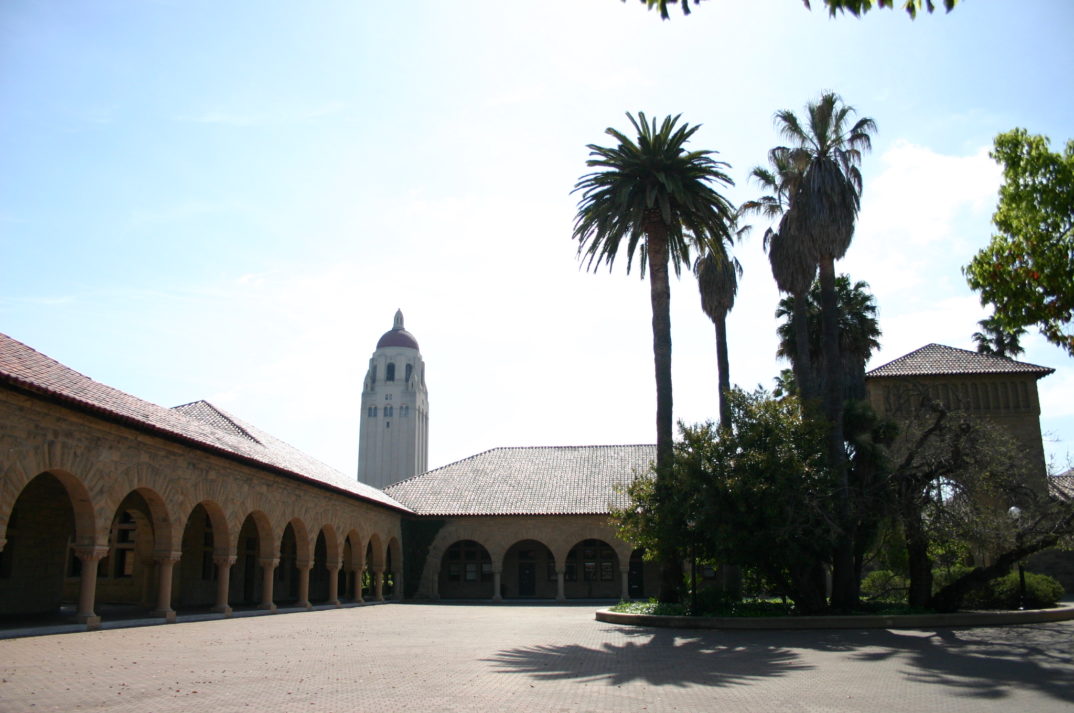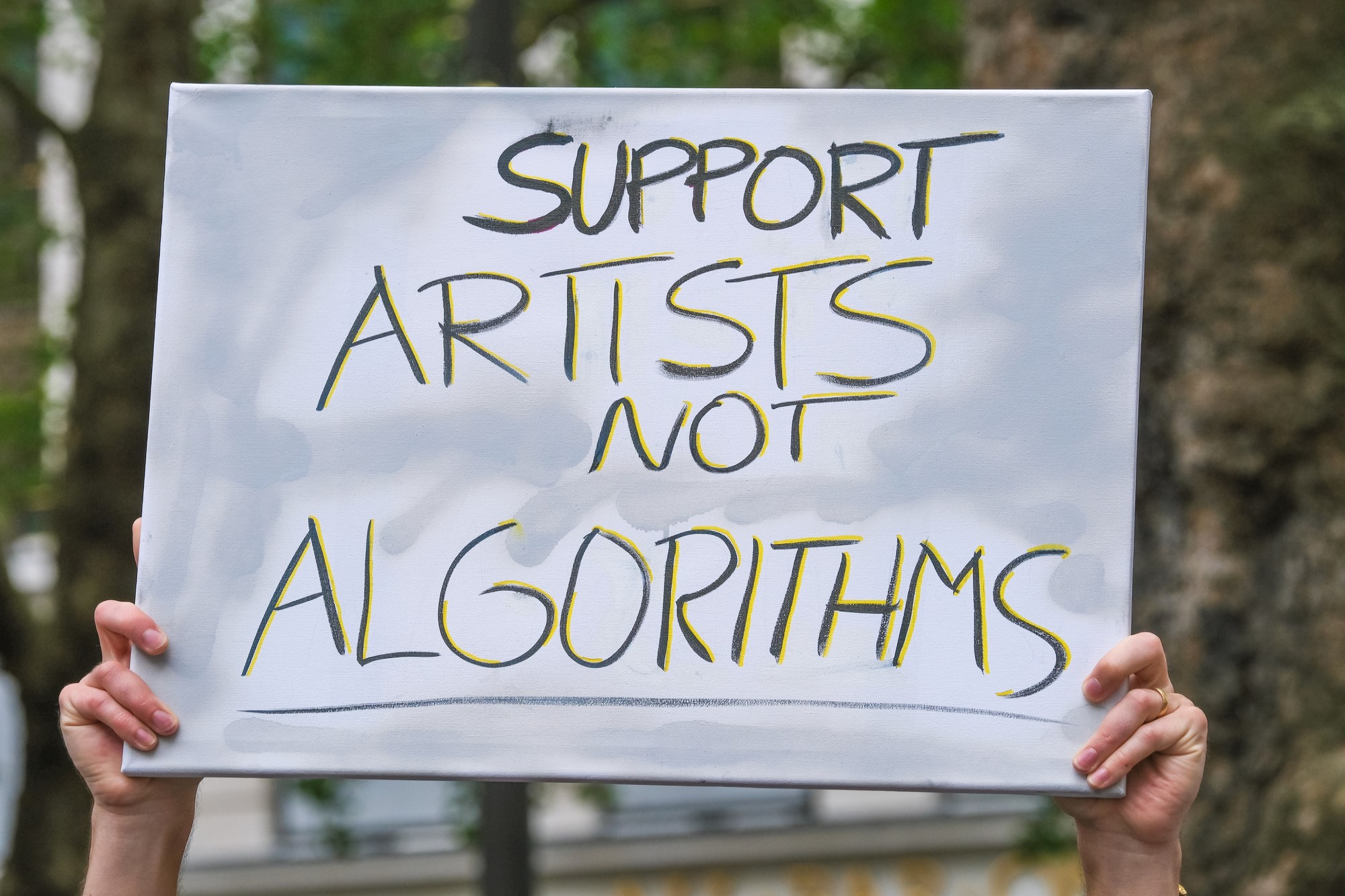The Limited Value of Taxing University Endowments
Last Thursday, Senate Republicans released their tax overhaul plan that they believe will create a simpler and fairer tax system. The proposed plan caused an unsettling amount of worry for some academic institutions because of a certain endowment tax included in the tax reform. This 1.4 percent tax on investment income will affect private universities and colleges with over 500 students and endowment assets of over $100,000 per student. It will not include public institutions. What has spurred such a radical position on private institutions is the stereotype that these universities are “ivory towers” of tax havens. Unfortunately, this label may hold some truth, and a deeper analysis of the behaviors of well-endowed universities is necessary.
Additionally, the motives of the government require proper evaluation, as these tax hikes on private universities are coming as a balance to the large corporate tax cuts included in the tax overhaul. In clearly regarding the intentions of both private higher education institutions and the government, the topic of the social missions of both groups becomes alarming. Both claim to address socioeconomic issues in different paths, but many times they fall short in their mission. Failure to strive for this standard on both sides is fueling the taxation fire and increasing the tension between the two factions.
An investigation into the level of endowment investment in the past 40 years reveals that many private higher education institutions have continued to increase tuition costs above the level of inflation, despite endowments growing in the millions and billions of dollars per year. For example, between 1977 and 2012, Stanford University’s endowment increased from $2 billion to $18 billion, and Harvard University’s increased from $6 billion to $32 billion. At the same time, tuition costs increased and student enrollment largely remained stagnant. While claiming social missions to increase enrollment among underrepresented communities and recruit from lower socioeconomic classes, many of these universities did not implement these proclaimed efforts. Instead, a study by Raj Chetty of Stanford found that the top 38 endowed private universities now recruit more students from the top 1 percent than the bottom 60 percent. Clearly, this mission has not been realized, despite significant increases in endowment.
On the other hand, universities claim that the increases in endowment have allowed them to finance many projects. These include research ventures, Ph.D. funding, and assuring the viability of the university for future generations. They claim that this is the fiscally responsible decision for them to fulfill their needs for today and for the future as they only access around 4 to 7 percent of their endowments each year. The rest of the money is invested year-by-year in hope of building the endowment to fund the future financial needs of the university. Without this security, universities may have to layoff professors or increase tuition to make up the gap.
Unfortunately, these investment decisions have come under fire, as universities have sought to fund projects in industries like oil, gas, and coal to pocket these reserves. Furthermore, universities have stored millions in offshore accounts and flooded the market in funding projects against for-profit entities. The issue here lies in the fact that non-profit private universities are capitalizing on their untaxed status by undercutting for-profit groups from the market. In addition, the claim that universities may have to layoff professors is up for debate because of the growing administrative body in many universities.
On the other hand, the product of the current tax reforms has some major flaws and is dividing the Republican party among these shortcomings. In an ideological standoff over monetary theory between “trickle-down” and “bottom-up” economics, Congress is undertaking their largest tax reform since Reaganomics in 1986. But, the divide in the Republican party is widening over tax policy, and the revamp’s future is still unpredictable.
On a macro-level, the endowment policy is aimed to reap the growing economic cushion that some universities have created to support their futures. By doing this, Republicans are able to make tax cuts for businesses, in the belief that some may move their headquarters back to the US, bring back jobs from overseas, and invest future projects in the US. Corporations now pay an effective tax rate of 35 percent, although most pay much less through a series of loopholes, exemptions, tax credits, and offshore accounts. The GOP tax reform would lower the tax rate to 20 percent. The inherent hope in this tax cut is that “trickle-down” economics will come in effect, eventually leading an estimated $4,000 increase in the median household income. However, the evidence behind this is minimal, and there is potential that the increased profits will remain concentrated in the top of corporations, further widening the socioeconomic gap. For example, the corporate tax cuts in the 1980s never led to an upsurge in income. Additionally, corporate tax cuts in the UK in recent years have yielded a similar effect.
If the endowment tax comes into effect, it is predicted to generate $3 billion over the next decade. The tax is part of a host of other new revenue sources that the government is targeting for their larger tax cuts on corporations. This reformed tax system will result in about a $1 trillion loss in revenue over the next decade, resting on corporate responsibility to be the economic stimulus. In addition to the endowment tax, the government plans to remove many of the tax credits that taxpayers can exercise. These include credits for those over 65, those with children, and many of the state and local-level deductions that stimulate those economies.
The end product of the Republican tax reform is still weeks to months away, and the flaws in logic are likely to cause hiccups in the congressional process. While some universities have increased their endowment in seemingly unethical ways, the tax reform will not solve this issue. Instead of providing a sensible response to the larger problem between non-profit and for-profit investment, the government has presented a plan that attacks only private universities, not all universities or all non-profit investors. This illogical shortcoming parallels the corporate tax cuts presented in the reform and, although cynical, the endowment tax may only be part of the plan in order to benefit corporations.





